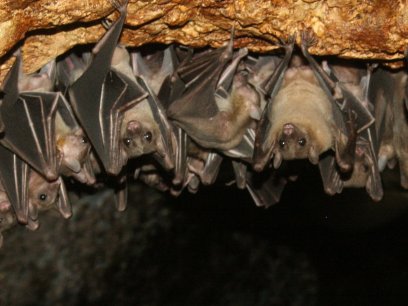
Hoping to spot migrating birds? Watch the weather! In the fall, wind circulation patterns around highs and lows impact the movement of migratory birds. The ideal time for flying often occurs the day after a cold front passes—northerly winds, sinking temperatures, rising air pressure, and clearing skies are good migration conditions. On the West Coast, easterly winds can result in large migration events. Southern California's warm Santa Ana winds can produce large “fall-outs” of migratory birds along the coast, where thousands of birds congregate in a relatively small area. Stormy weather, overcast skies, and fog can also cause large fall-outs of migratory birds, which can make for good viewing opportunities.
Learn more about migratory birds and weather from eBird, and be on the lookout for migrants passing through your area. BirdCast provides three-day migration forecasts, as well as real-time migration maps using the US weather surveillance radar. Check out today's forecast, as well as what to expect over the next three days. Keen to test your (bird) brain? Try Audubon's Fall Migration Quiz!
Spotting migrating flocks where you live? Record the birds you see and share your observations on eBird. Your observations become part of an international network generating data that can be used by educators, land managers, ornithologists, and conservation biologists. For more ideas about the best places to spot migratory birds, consult this list from Audubon.
Sources:
- Cornell Lab of Ornithology and Audubon. 2011. “Understanding Birds and Weather: Fall Birding Basics.” Accessed October 1. http://ebird.org/content/ebird/news/fall-birding-basics/.
- Lincoln, Frederick C., Steven R. Peterson, and John L. Zimmerman. 1998. Migration of birds. Washington: US Department of the Interior, US Fish and Wildlife Service.


